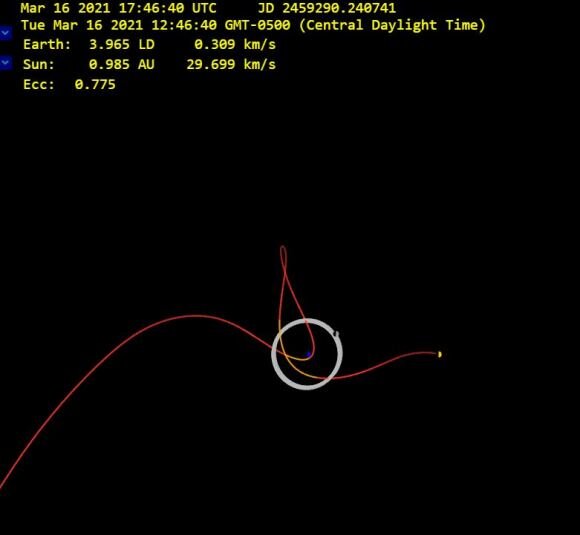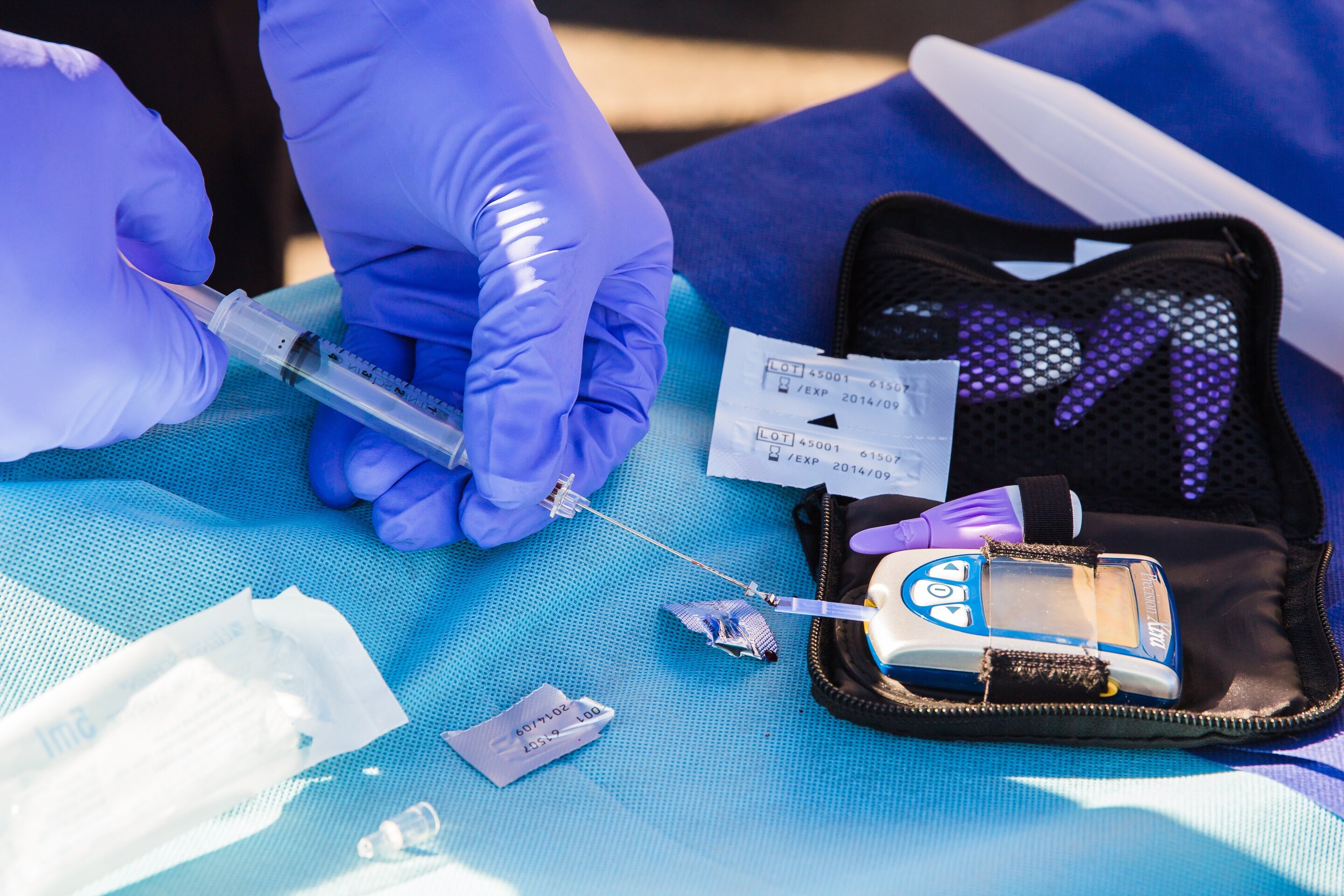#We might have a new mini-moon soon

“#We might have a new mini-moon soon”

Is it a new asteroid mini–moon or a human-made mini-moon? That’s the question about a small object approaching Earth, called 2020 SO. NASA’s Small Body Database predicts the object will captured by Earth’s gravity in October 2020 and temporarily be trapped in orbit.
But a few unusual characteristics of 2020 SO suggest it might not be a small asteroid, like the two previously known temporary mini-moons that have briefly orbited our planet. Instead, this new object might in fact be an old object from Earth—an old second-stage rocket part from the Surveyor 2 lunar lander mission, launched in 1966.
Mini-moons, or TCOs (Temporarily Captured Objects) have probably occurred more over history than we know, but only two have ever been confirmed: 2006 RH120, which hung out in Earth orbit from 2006 to 2007, and the one discovered earlier this year, 2020 CD3, in Earth orbit from 2018 to 2020. Those objects were definitely small space rocks.
But trajectory models of 2020 SO show it has an orbit very similar to Earth’s, and is approaching at a very low speed—approximately 1,880 miles per hour (3,025 km/h) or 0.84 km per second (.5 mi/sec). That is an extremely slow speed for an asteroid, even a chunk of rock that could have been ejected from the Moon. Also, the size of 2020 SO is estimated to be between 20 and 45 feet (6 to 14 meters), definitely comparable to the Centaur-D stage that was part of the Surveyor 2 mission, which is measured at approximately 41 feet or 12 meters.
Asteroid #2020SO is suspected of being the Surveyor 2 centaur rocket booster, launched on 20 September 1966. The Earth-like orbit and low relative velocity suggest a possible man-made object.
— Kevin Heider (@kpheider) September 21, 2020
Calculations of the trajectory show the object orbits the Sun every 1.06 years (387 days). It should be captured by Earth temporarily from October 2020 to about May of 2021.
Amateur astronomer Kevin Heider said on Twitter that around the time of closest approach on December 1, 2020, 2020 SO will only brighten to about apparent magnitude 14.1, and would require a telescope with roughly a 150mm (6″) objective lens to see visually.
Astronomers at the Pan-STARRS1 telescope in Hawaii first spotted 2020 SO on September 17, 2020. They designated it as asteroid and added it as an Apollo asteroid in the JPL Small-Body Database. Apollo asteroids are a class of asteroids whose paths cross Earth’s orbit, and often have near-Earth encounters.
Asteroid 2020 SO may get captured by Earth from Oct 2020—May 2021. Current nominal trajectory shows shows capture through L2, and escape through L1. Highly-chaotic path, so be prepared for lots of revisions as new observations come in. @renerpho @nrco0e https://t.co/h4JaG2rHEd pic.twitter.com/RfUaeLtEWq
— Tony Dunn (@tony873004) September 20, 2020
You can play around with the orbit trajectory of 2020 SO at this link.
In a message group for astronomers, it was noted that Paul Chodas, manager of NASA’s Near Earth Object Center at the Jet Propulsion Laboratory suggested the object might be the rocket booster of Surveyor 2. Another message indicated observations show it appears to be chaotically tumbling.
Surveyor 2 launched to the Moon on September 20, 1966. It was supposed to land on the Moon to do reconnaissance for the Apollo human mission to the Moon, but a mid-course correction failed when a thruster didn’t ignite, and NASA eventually lost contact with the spacecraft. The failure caused the spacecraft to tumble out of control and it ended up crashing on the Moon, near Copernicus crater.
Astronomers will be watching as this object is captured by Earth’s gravity, and hope to say definitively what 2020 SO actually is.
Earth captures new ‘mini moon’
Citation:
We might have a new mini-moon soon (2020, September 30)
retrieved 30 September 2020
from https://phys.org/news/2020-09-mini-moon.html
This document is subject to copyright. Apart from any fair dealing for the purpose of private study or research, no
part may be reproduced without the written permission. The content is provided for information purposes only.
For forums sites go to Forum.BuradaBiliyorum.Com
If you want to read more Like this articles, you can visit our Science category.




